Religion
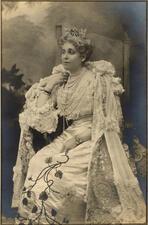
Flora Sassoon
Born in Bombay into the legendary Sassoon dynasty, Flora (Farha) Sassoon lived a colorful life in India and then in England as a businesswoman, philanthropist, famed hostess, and Jewish scholar, taking on many public religious roles that were unusual for an Orthodox woman of her time.
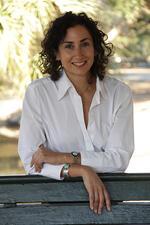
Lonnie Zarum Schaffer
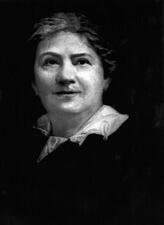
Mathilde Schechter
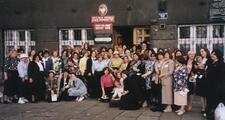
Sarah Schenirer
Sarah Schenirer, a divorced dressmaker who lived in Krakow, Poland, was the founder of Bais Yaakov, a network of schools for Orthodox girls. By the time she died in 1935, the school she founded in 1917 had grown to hundreds of schools in Poland and beyond.
Faye Libby Schenk
Fay Libby Schenk turned down a promising career as a zoologist to devote herself to Hadassah and other Zionist organizations. She worked her way up at Hadassah and eventually became president, during which time Hadassah began rebuilding its hospital on Mount Scopus and created its Institute of Oncology in Jerusalem.
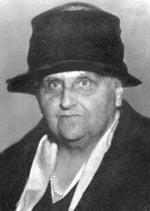
Therese Loeb Schiff
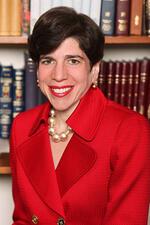
Julie Schonfeld
Bertha Singer Schoolman
Bertha Singer Schoolman gave a lifetime of service to the betterment of Jewish education and the cause of Youth Aliyah, the movement to bring Jewish youth out of Germany to live in children’s villages in Israel. Schoolman risked her life under fire to help bring convoys to and from kibbutzim.
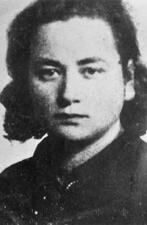
Hela Rufeisen Schüpper
Born to a hasidic family in Krakow, Hela Rufeisen Schüpper joined the Zionist youth movement Akiva against her family’s wishes. When the Germans invaded Poland, Schüpper joined the Jewish resistance against the Nazis, becoming a key courier. She survived Bergen-Belsen and moved to Israel after the war.

Julie Schwartz

Second Temple Reception of Women in Tanakh
Second Temple discourse on women and gender is grounded in biblical interpretation and everyday life and, as such, has the potential to shed light on tumultuous debates about what different communities deemed problematic, acceptable, ideal, and anomalous with respect to a woman’s role in society. A selection of Second Temple texts envisioning Dinah, Miriam, and Sarah indicates these varied perspectives, as well as how these figures were used to promote the ideologies of the particular communities the texts represented.
Seder Mitzvot Nashim
Seder Mitzvot Nashim refers to the genre of literature in Ashkenazic and Italian communities that explained the specifics of how women should observe the commandments that were particularly associated with them. This handbook was reprinted many times, most famously by Rabbi Benjamin Aron Slonik, whose 1585 version of Seder Mitzvot Nashim was a veritable best seller of the pre-modern age.
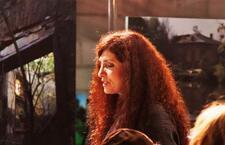
Tanya Segal
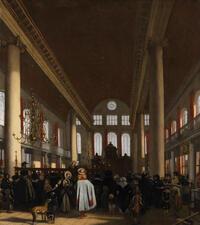
Sephardi Women in the Dutch Republic
In the early modern period, Dutch Sephardim formed a community famous for its wealth, grandeur, and benevolence.
The article highlights the social, economic and religious position of Sephardi women in the Dutch Republic, arriving as immigrants from persecutions by the Spanish and Portuguese Inquisitions and their offspring, settled in generations afterwards. Their adjustment to normative Judaism is being discussed as well as their professional education and their contributions to Sephardi and Dutch society.
Serah, daughter of Asher: Midrash and Aggadah
Sex
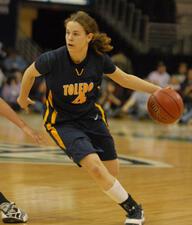
Naama Shafir
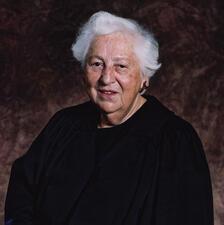
Alice Hildegard Shalvi
Israel Prize Laureate Professor Alice Shalvi was a leading Israeli feminist activist and scholar. Founder of the Israel Women’s Network and the Ben Gurion University English Department and longtime principal of the iconic religious feminist high school Pelech, Professor Shalvi was instrumental in advancing gender issues in Israeli education, society and politics.
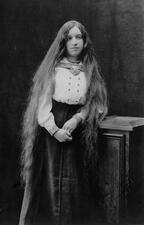
Havvah Shapiro
“Our literature lacks the participation of the second half of humanity.” Thus proclaimed the Hebrew writer Hava (Eva) Shapiro (1878-1943) in her 1909 feminist manifesto, the first ever in the Hebrew language. She was the most prolific female Hebraist of her era to remain in the Diaspora and the first woman ever to have kept a diary in Hebrew.
![Sheftall, Frances - still image [media] Sheftall, Frances - still image [media]](/sites/default/files/styles/gallery_item/public/mediaobjects/Sheftall-Frances_small.jpg?itok=phhb_bLj)
Frances Hart Sheftall
Shelomith 1: Bible
The story of Shelomith relates to the Egyptian practices concerning parentage and how a child is named. Shelomith herself is not explicitly described in the narrative, but the story of her son shows the punishment issued to blasphemers of God.
Shelomith 1: Midrash and Aggadah
Shelomith 2: Bible
Shelomith was the daughter of Zerubbabel, a governor (c. 520–510 B.C.E.) of the province of Yehud. The recent discovery of her name on a Judean seal suggests an honorable status in society.


